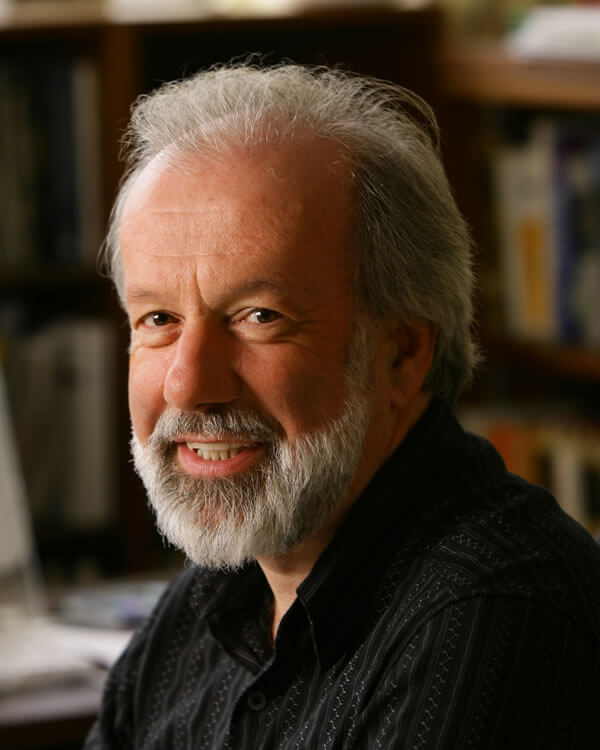Ian Carmichael

Professor of Chemistry & Biochemistry; Director, Notre Dame Radiation Laboratory
Contact
321 Radiation Research Building
carmichael.1@nd.edu
574-631-4502
http://rad.nd.edu/
Research Cluster
Ian Carmichael leads the Notre Dame Radiation Laboratory (NDRL), and his research aims to provide a fundamental molecular-level understanding of radiation effects in matter. The NDRL has many projects probing biophysical and biochemical transformations under irradiation, and all can benefit from theoretical insight and quantum chemical interpretative support.
In house relativistic pulsed electron beams disrupt aqueous solutions of biomolecules producing short-time changes detectable by an array of approaches. These include transient optical spectroscopy and time-resolved resonance Raman, electron paramagnetic resonance and conductivity techniques. Structure and binding of biomolecules on surfaces are probed by ambient pressure X-ray photoelectron spectroscopy, and other X-ray sources allow optical detection of magnetic coupling in radical ions. Ultra high vacuum chambers enable the investigation of low-energy dissociative electron attachment to biomolecules in the gas phase. Quantitative analysis of degradation products from steady state radiolysis is possible from both ë_- and heavy-ion sources.
In collaboration with the Serianni group we develop techniques for the reliable calculation of spin coupling parameters in biomolecular nuclear magnetic resonance spectroscopy, mainly modeling conformational and chemical changes in carbohydrates. We explore radiation damage during macromolecular crystallography at synchrotrons seeking to understand mechanisms and to develop both mitigation techniques and optimal data collection strategies.
Publications
- "Formation of resonances and anionic fragments upon electron attachment to benzaldehyde" Ameixa, J.; Arthur-Baidoo, E.; Pereira-Da-Silva, J.; Ryszka, M.; Carmichael, I.; Cornetta, L.M.; Do, N.; Varella, M.T.; Ferreira Da Silva, F.; Ptasińska, S.; Denifl, S. Phys. Chem. Chem. Phys. 2020, 22(15), 8171-8181. DOI:10.1039/d0cp00029a.
- "Radiation damage and dose limits in serial synchrotron crystallography at cryo- And room temperatures" de la Mora, E.; Coquelle, N.; Bury, C.S.; Rosenthal, M.; Holton, J.M.; Carmichael, I.; Garman, E.F.; Burghammer, M.; Colletier, J.-P.; Weik, M. Proc. Natl. Acad. Sci. U.S.A. 2020, 117(8), 4142-4151. DOI:10.1073/pnas.1821522117.
- "Radiation-damage investigation of a DNA 16-mer" Bugris, V.; Harmat, V.; Ferenc, G.; Brockhauser, S.; Carmichael, I.; Garman, E.F. J. Synchrotron Radiat. 2019, 26(Pt 4), 998-1009. DOI:10.1107/S160057751900763X.
- "Dipole-Supported Electronic Resonances Mediate Electron-Induced Amide Bond Cleavage" Li, Z.; Ryszka, M.; Dawley, M.M.; Carmichael, I.; Bravaya, K.B.; Ptasińska, S. Phys. Rev. Lett. 2019, 122(7), DOI:10.1103/PhysRevLett.122.073002.